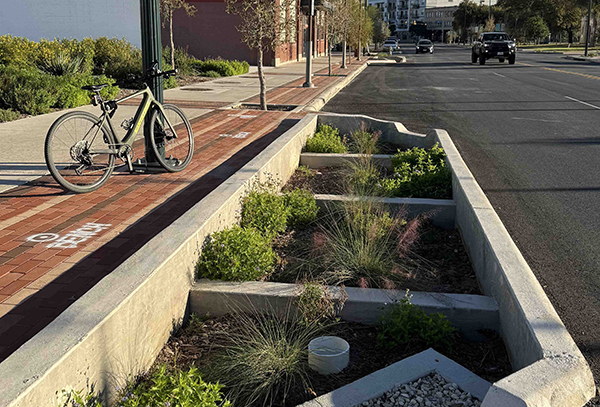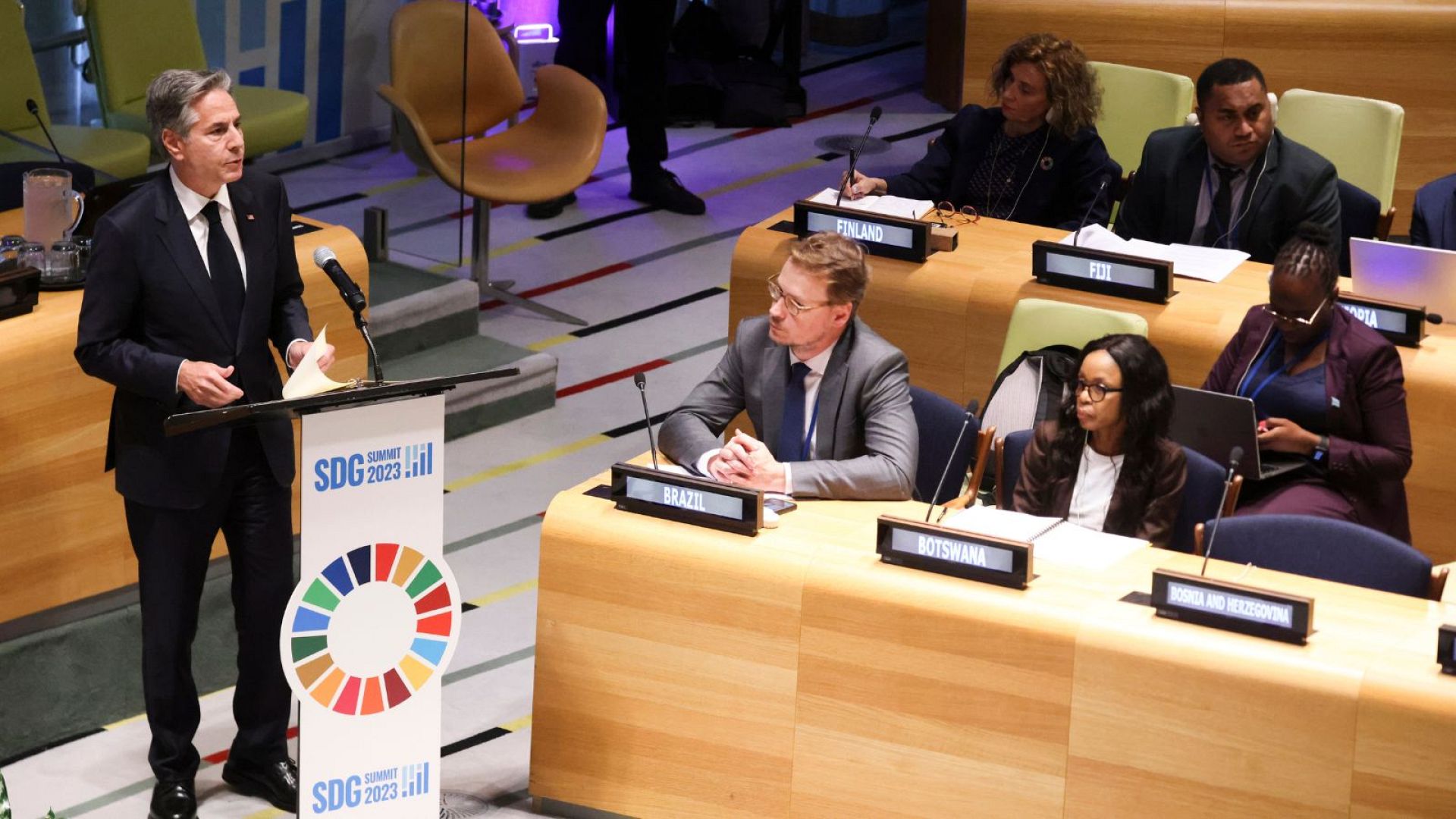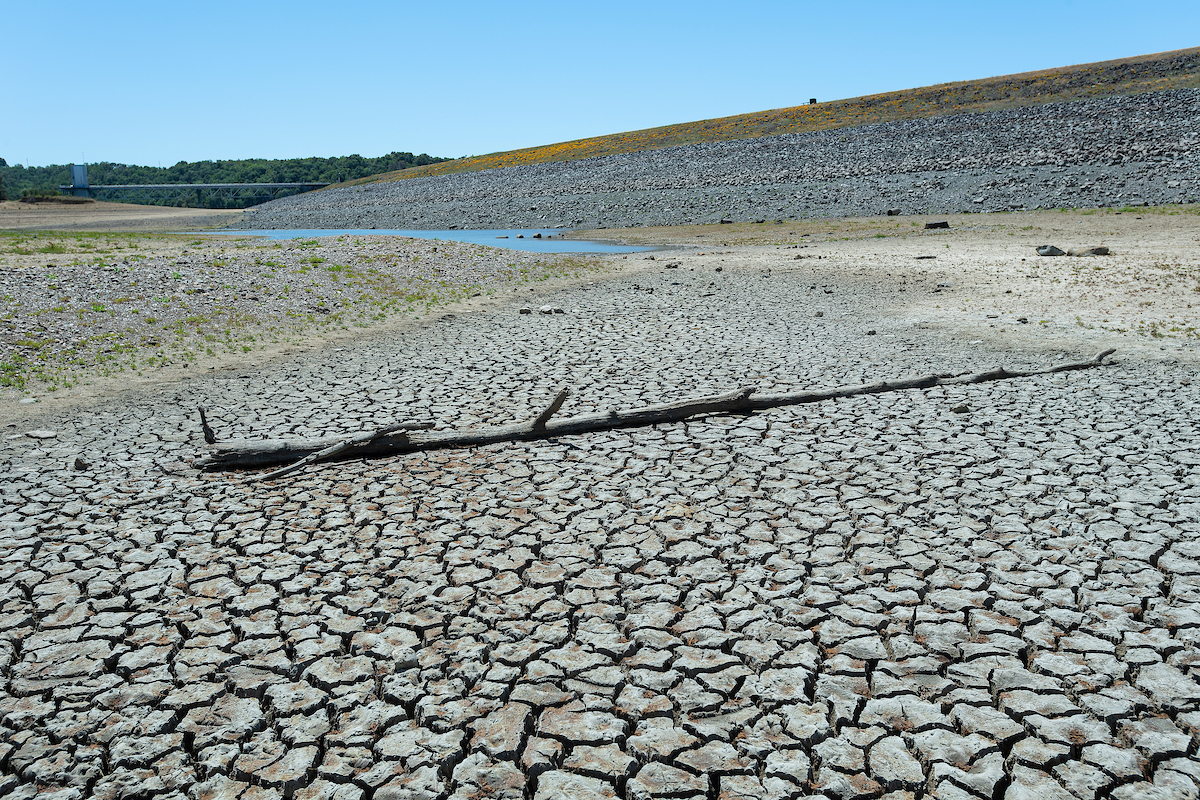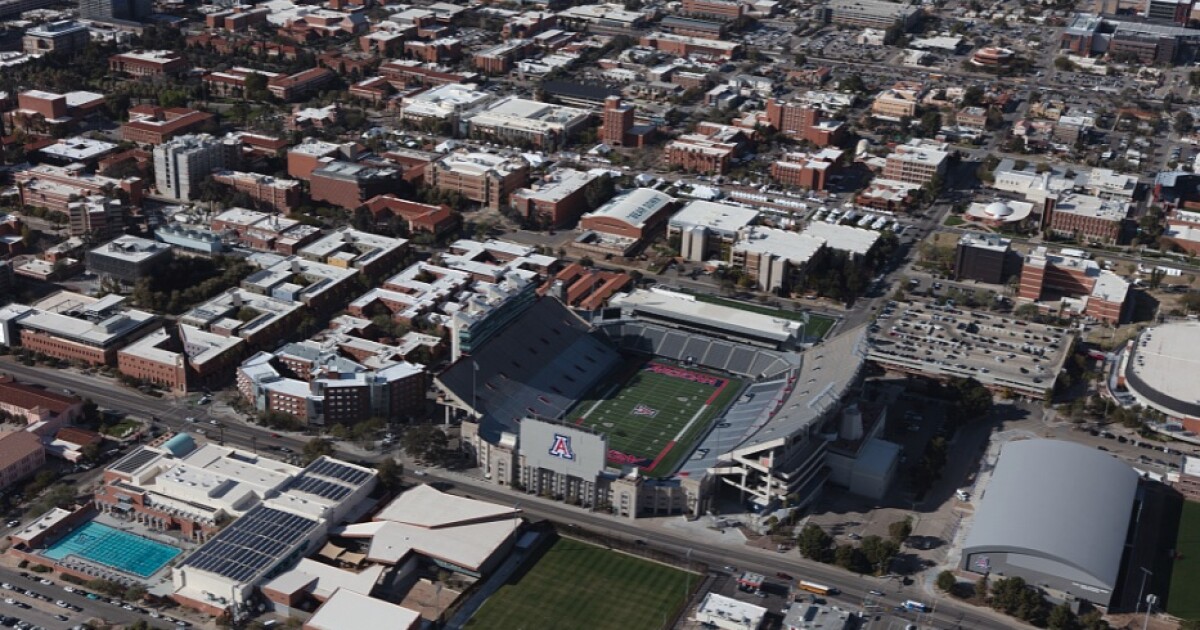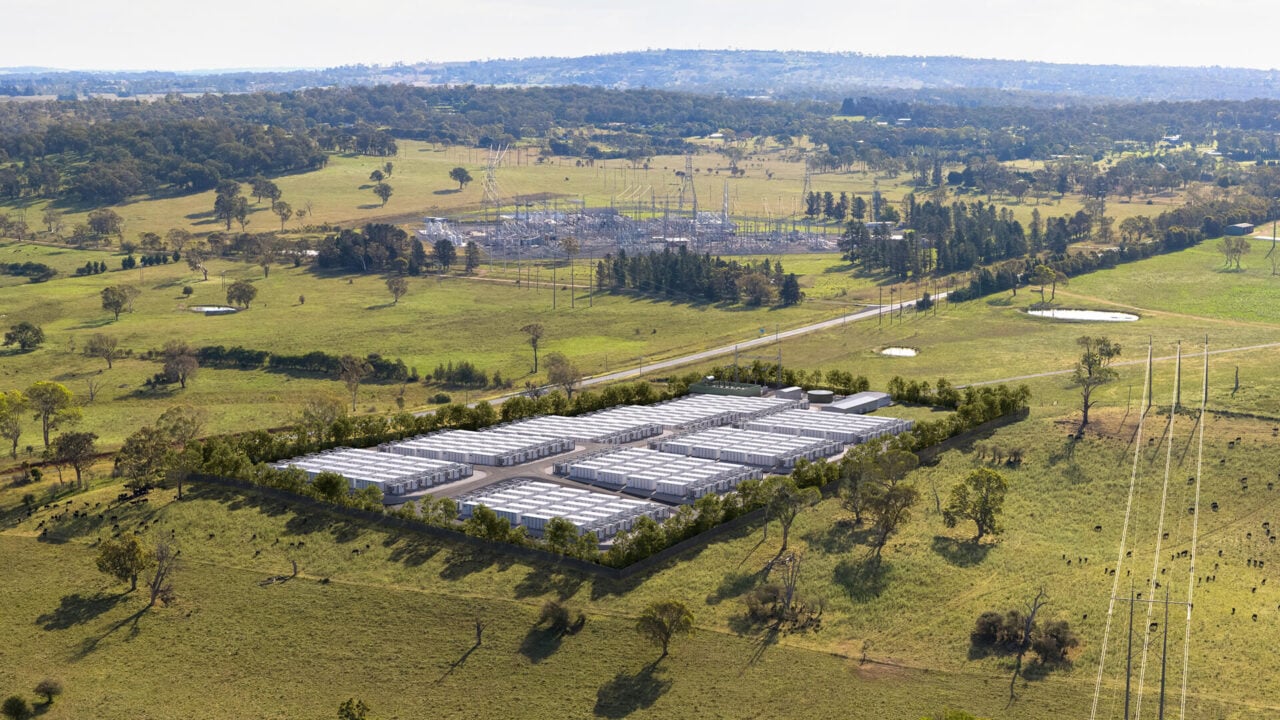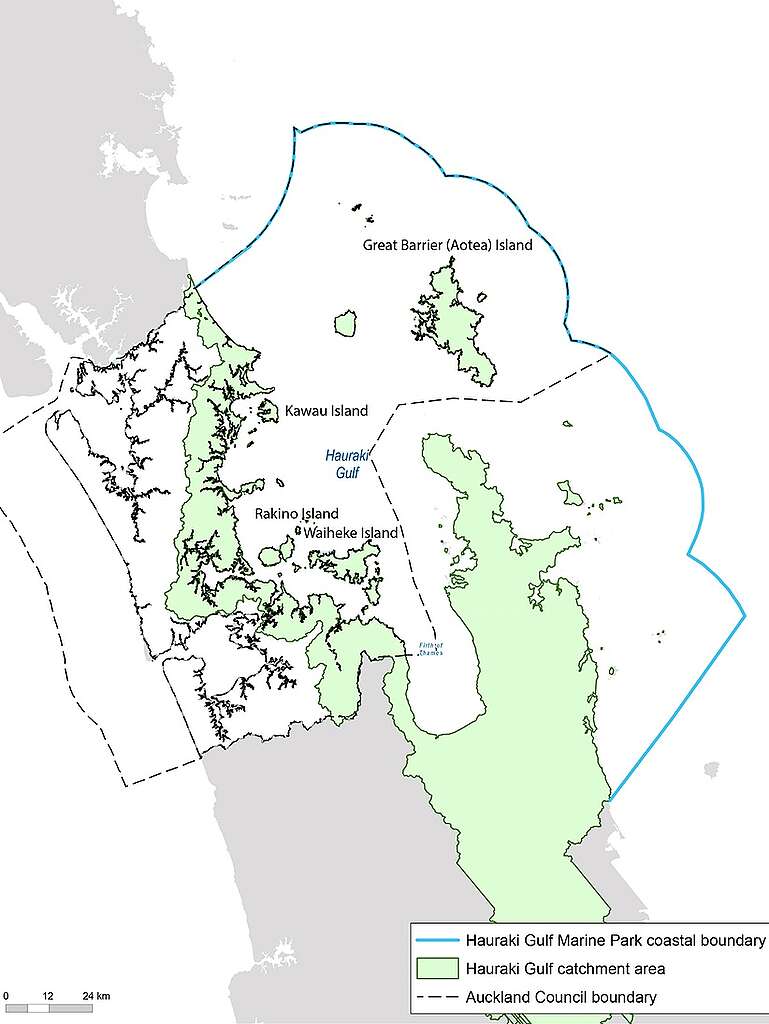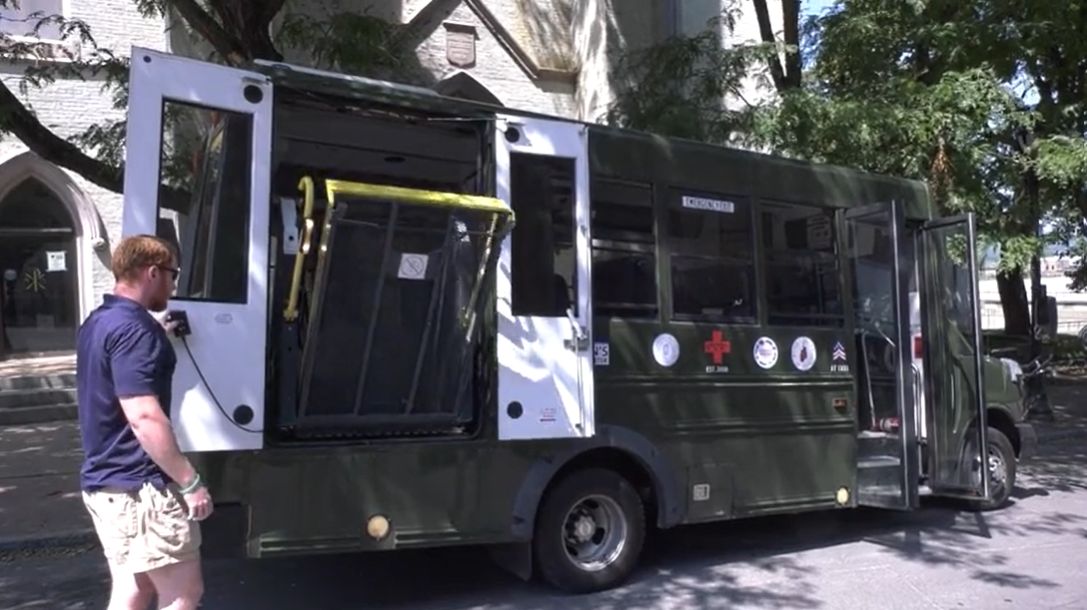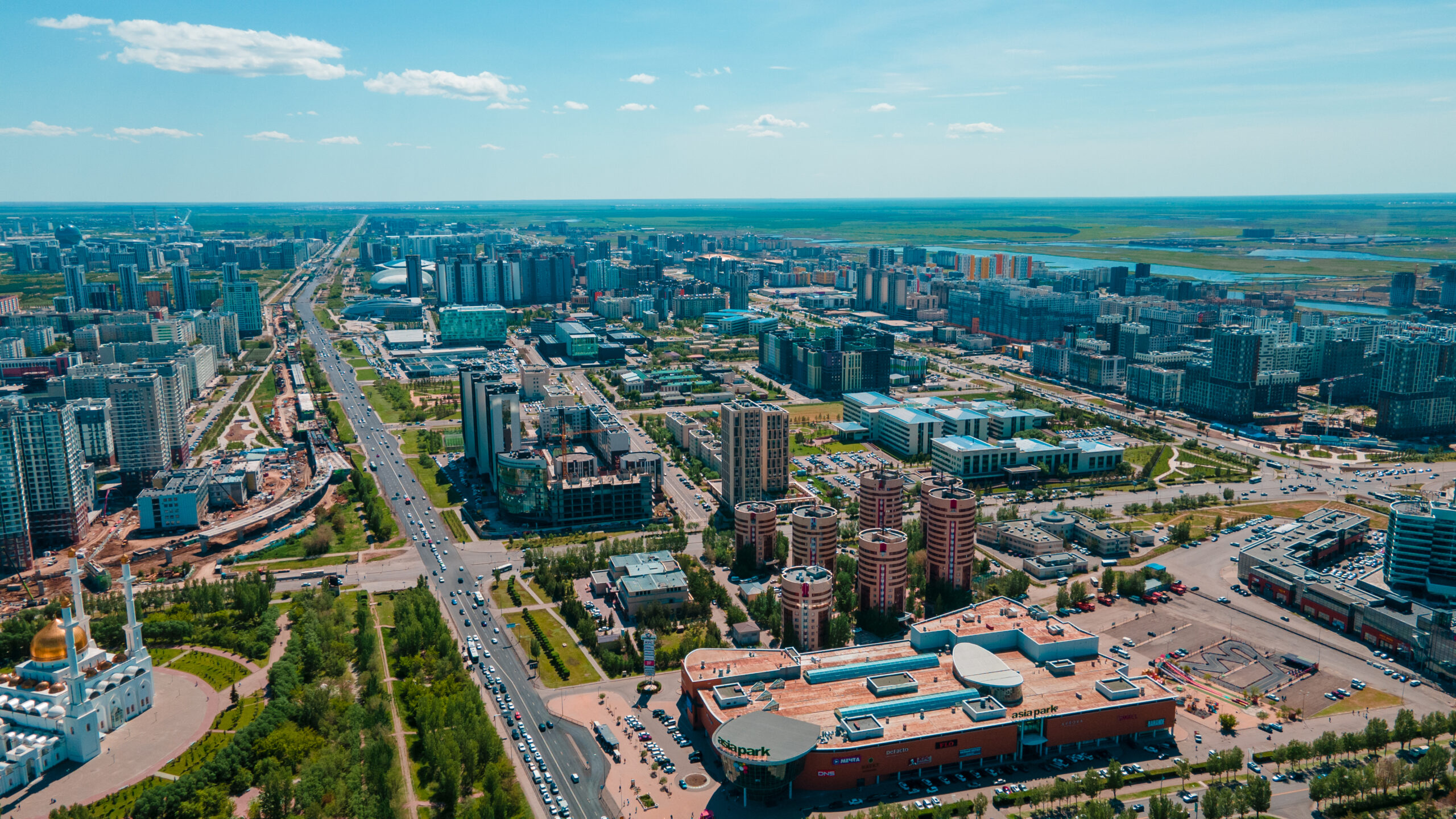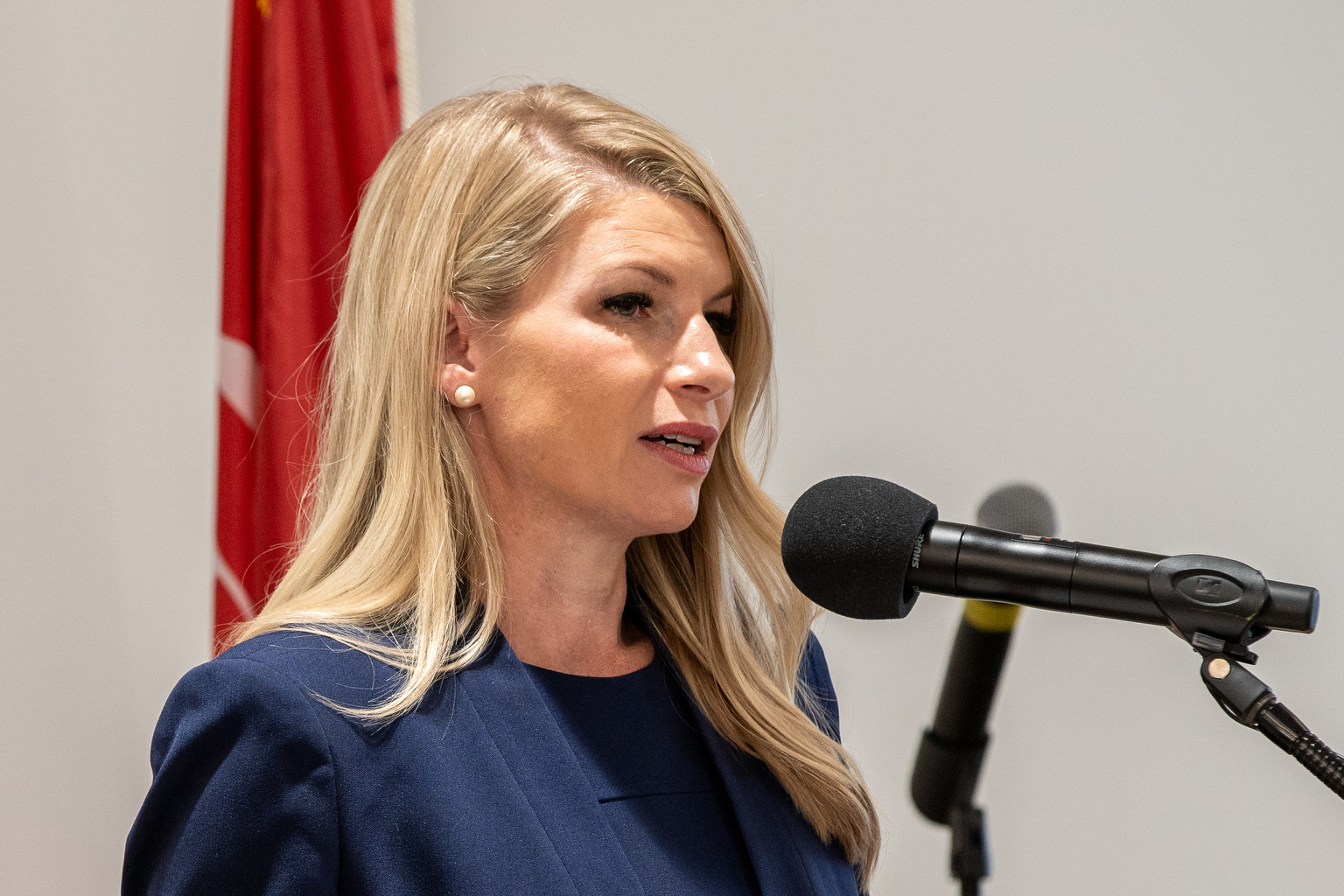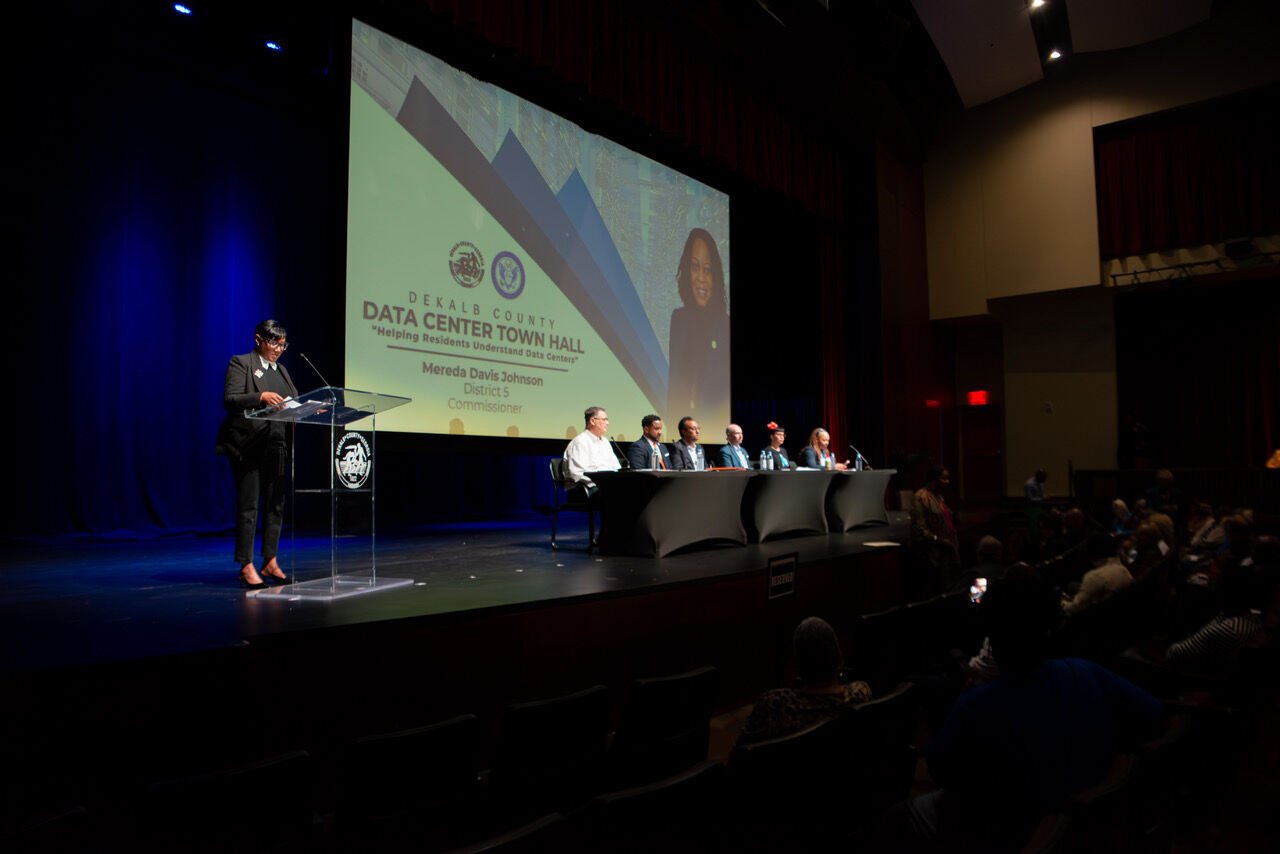City will not require environmental impact statement for Mud Bay Cliffs development – Cascadia Daily News

Project Determination: Woods at Viewcrest Development
Executive Summary
The City of Bellingham has issued a Mitigated Determination of Non-Significance (MDNS) for the proposed Woods at Viewcrest housing development. This decision indicates that, with mandated conditions, the project is not anticipated to have significant adverse environmental impacts, thereby bypassing the need for a comprehensive Environmental Impact Statement (EIS). This determination has been contested by community and environmental organizations who argue the decision inadequately addresses critical risks to several United Nations Sustainable Development Goals (SDGs), particularly those concerning water, land ecosystems, and sustainable urban development.
Analysis in the Context of Sustainable Development Goals (SDGs)
SDG 11: Sustainable Cities and Communities
The 38-lot subdivision on 37.7 acres represents a critical juncture in achieving SDG 11. The project tests the city’s capacity for integrated and sustainable human settlement planning (Target 11.3) by balancing the need for housing with the imperative to protect natural heritage (Target 11.4). The core of the dispute is whether the city’s current planning process sufficiently reduces the adverse per capita environmental impact of urban expansion (Target 11.6).
SDG 6 & SDG 14: Clean Water and Life Below Water
Significant concerns have been raised regarding the project’s potential to undermine progress on water-related SDGs. The development’s location above the North Chuckanut Bay estuary poses a direct threat to marine and coastal ecosystems.
- SDG 6 (Clean Water and Sanitation): Opposition groups highlight the risk of untreated stormwater runoff, which could degrade the water quality of the estuary, conflicting with Target 6.3 to reduce pollution and Target 6.6 to protect water-related ecosystems.
- SDG 14 (Life Below Water): The potential for land-based pollution directly impacts Target 14.1. The debate over the necessity of an EIS centers on whether the proposed mitigation is sufficient to sustainably manage and protect the coastal ecosystem from adverse impacts, as called for in Target 14.2.
SDG 15: Life on Land
The development’s footprint on a coastal forest area with high-quality habitat raises questions about adherence to SDG 15.
- Habitat Degradation: Community advocates, including the Sierra Club and RE Sources, argue the project could lead to the degradation of natural habitats and a loss of biodiversity, running counter to Target 15.5.
- Ecosystem Integration: The central conflict questions whether ecosystem and biodiversity values have been adequately integrated into the local development process (Target 15.9). The opposition’s call for an EIS is a demand for a more thorough assessment of these values.
- Geologic Hazards: Concerns about landslides and other geologic hazards relate to the sustainable use of terrestrial ecosystems and ensuring human safety within them.
Stakeholder Positions and Proposed Mitigation
Developer’s Mitigation Framework
The project’s proponents assert that the design aligns with sustainable development principles. According to legal representation for the project, the following measures have been integrated to mitigate environmental impacts:
- Limiting land clearing and grading to preserve existing topography.
- Preserving a significant portion of the existing tree canopy.
- Designing the layout to avoid and minimize impacts on critical environmental areas.
- Maintaining a large shoreline habitat corridor to support local fauna.
- Implementing systems to treat all stormwater runoff before discharge.
- Providing mitigation for other identified impacts to wildlife and habitat.
Opposition’s Call for a Comprehensive EIS
The volunteer group Protect Mud Bay Cliffs, supported by other environmental organizations, contends that the MDNS fails to protect the public interest and does not meet the standards required for sustainable development. The group maintains that an EIS is necessary to properly evaluate the project’s cumulative impacts on:
- Water quality in the Mud Bay and North Chuckanut Bay estuary.
- The integrity of the coastal forest and its high-quality habitat.
- Geologic stability, including the risk of landslides on the Mud Bay Cliffs.
- Local traffic and infrastructure.
Procedural Status and Public Engagement
SDG 16: Peace, Justice, and Strong Institutions
The ongoing process reflects key elements of SDG 16, which calls for effective, accountable, and transparent institutions and inclusive, participatory decision-making (Targets 16.6 and 16.7). The city has established formal channels for public input and appeal.
- Appeal Process: Protect Mud Bay Cliffs has announced its intention to file a formal appeal of the MDNS determination with the city’s hearing examiner before the August 8 deadline.
- Public Comment: The city is accepting public comments online in response to the determination through August 8.
- Public Hearing: A public hearing before the city hearing examiner will be scheduled following the review of all written public comments, providing a further platform for participatory decision-making.
1. Which SDGs are addressed or connected to the issues highlighted in the article?
The article discusses a proposed housing development and the ensuing conflict between the developer, the city, and a community opposition group over its environmental impacts. This connects to several Sustainable Development Goals (SDGs) that address urban development, environmental protection, water quality, and governance.
- SDG 6: Clean Water and Sanitation: This is relevant due to concerns about “stormwater runoff impacting water quality” in the nearby bay and estuary.
- SDG 11: Sustainable Cities and Communities: The core of the article is about a “38-lot subdivision” (housing development) within a city and the associated challenges of sustainable urban planning, environmental risk management, and public participation.
- SDG 14: Life Below Water: The development’s proximity to “North Chuckanut Bay estuary” and the potential for pollution from stormwater runoff directly relates to the health of marine and coastal ecosystems.
- SDG 15: Life on Land: Concerns about the “degradation of high-quality habitat and coastal forest” and potential “landslides” connect to the protection of terrestrial ecosystems.
- SDG 16: Peace, Justice and Strong Institutions: The entire process described, including the city’s determination, the public’s right to appeal, the call for an Environmental Impact Statement (EIS), and the public comment period, highlights the importance of inclusive and participatory decision-making by public institutions.
2. What specific targets under those SDGs can be identified based on the article’s content?
Based on the specific issues raised in the article, the following targets can be identified:
SDG 6: Clean Water and Sanitation
- Target 6.3: By 2030, improve water quality by reducing pollution. This is directly addressed by the opposition group’s concern about “stormwater runoff impacting water quality” and the developer’s claim that the project “treats stormwater runoff.”
SDG 11: Sustainable Cities and Communities
- Target 11.3: By 2030, enhance inclusive and sustainable urbanization and capacity for participatory, integrated and sustainable human settlement planning and management. The conflict between the city, developer, and the “Protect Mud Bay Cliffs” group over the necessity of an Environmental Impact Statement (EIS) exemplifies the challenges of achieving this target.
- Target 11.5: By 2030, significantly reduce the number of deaths and the number of people affected… by disasters. This is relevant due to the opposition’s concern about the “possibility of landslides and other geologic hazards” associated with the development on the “Mud Bay Cliffs.”
SDG 14: Life Below Water
- Target 14.1: By 2030, prevent and significantly reduce marine pollution of all kinds, in particular from land-based activities. The development is a land-based activity, and the potential for “stormwater runoff” to pollute the “North Chuckanut Bay estuary” is a primary concern.
SDG 15: Life on Land
- Target 15.1: By 2030, ensure the conservation, restoration and sustainable use of terrestrial and inland freshwater ecosystems and their services, in particular forests. This is addressed through the concerns about “degradation of high-quality habitat and coastal forest” and the developer’s counter-claim that the project “preserves much of the tree canopy.”
- Target 15.5: Take urgent and significant action to reduce the degradation of natural habitats. The developer’s statement that the project “mitigates for other impacts to wildlife and habitat” and maintains a “large shoreline habitat corridor” directly relates to this target.
SDG 16: Peace, Justice and Strong Institutions
- Target 16.7: Ensure responsive, inclusive, participatory and representative decision-making at all levels. The article details the mechanisms for this, such as the city accepting “public comment online,” the opposition group’s plan to “file an appeal of the determination,” and the scheduling of a “public hearing.” The group’s assertion that the city “failed to protect the public’s interest” shows the tension in achieving this goal.
3. Are there any indicators mentioned or implied in the article that can be used to measure progress towards the identified targets?
The article mentions or implies several indicators that could be used to measure progress:
Indicators for SDG 6 & 14
- Water quality measurements: While no specific data is given, the concern over “stormwater runoff impacting water quality” implies that measuring pollutants in the runoff and the bay would be the key indicator.
- Implementation of water treatment plans: The developer’s claim that the project “treats stormwater runoff” is an indicator of action towards mitigating pollution.
Indicators for SDG 11
- Existence of participatory planning processes: The article explicitly describes the process, including the “completed environmental checklist,” the city’s “mitigated determination of non-significance (MDNS),” the “public comment online” period, and the “appeal to the hearing examiner.” These are all indicators of a system for participatory planning.
- Completion of risk assessments: The debate over the need for an “environmental impact statement (EIS)” and the concern about “landslides and other geologic hazards” imply that the completion and adequacy of environmental and geological risk assessments are critical indicators.
Indicators for SDG 15
- Area of habitat/forest preserved: The developer’s claims to “preserves much of the tree canopy” and maintain a “large shoreline habitat corridor” can be measured as a proportion of the total development area (37.7 acres).
- Protection of critical areas: The claim to “avoids and minimizes impacts to critical areas” is a measurable indicator against a baseline map of those areas.
Indicators for SDG 16
- Level of public participation: The formation of the “Protect Mud Bay Cliffs” volunteer group, its fundraising efforts, and its use of the legal appeal process are strong indicators of public engagement in decision-making.
- Functioning of accountability mechanisms: The existence of a formal “appeal of the determination to the hearing examiner” and a “public hearing” are indicators of institutional accountability.
4. Table of SDGs, Targets, and Indicators
| SDGs | Targets | Indicators Identified in the Article |
|---|---|---|
| SDG 6: Clean Water and Sanitation | 6.3: Improve water quality by reducing pollution. | Existence of plans to treat “stormwater runoff.” |
| SDG 11: Sustainable Cities and Communities | 11.3: Enhance inclusive and sustainable urbanization and participatory planning. | Use of public comment periods, appeals processes, and debate over requiring an Environmental Impact Statement (EIS). |
| SDG 11: Sustainable Cities and Communities | 11.5: Reduce the impact of disasters. | Assessment of “landslides and other geologic hazards” in development planning. |
| SDG 14: Life Below Water | 14.1: Prevent and reduce marine pollution from land-based activities. | Concern over pollution in the “North Chuckanut Bay estuary” from land-based development runoff. |
| SDG 15: Life on Land | 15.1: Ensure the conservation and sustainable use of terrestrial ecosystems. | Proportion of “coastal forest” and “tree canopy” preserved within the development area. |
| SDG 15: Life on Land | 15.5: Reduce the degradation of natural habitats. | Maintenance of a “large shoreline habitat corridor” and mitigation for impacts to “wildlife and habitat.” |
| SDG 16: Peace, Justice and Strong Institutions | 16.7: Ensure responsive, inclusive, and participatory decision-making. | Existence and use of public hearings, online public comment, and formal appeal processes to a hearing examiner. |
Source: cascadiadaily.com

What is Your Reaction?
 Like
0
Like
0
 Dislike
0
Dislike
0
 Love
0
Love
0
 Funny
0
Funny
0
 Angry
0
Angry
0
 Sad
0
Sad
0
 Wow
0
Wow
0
















